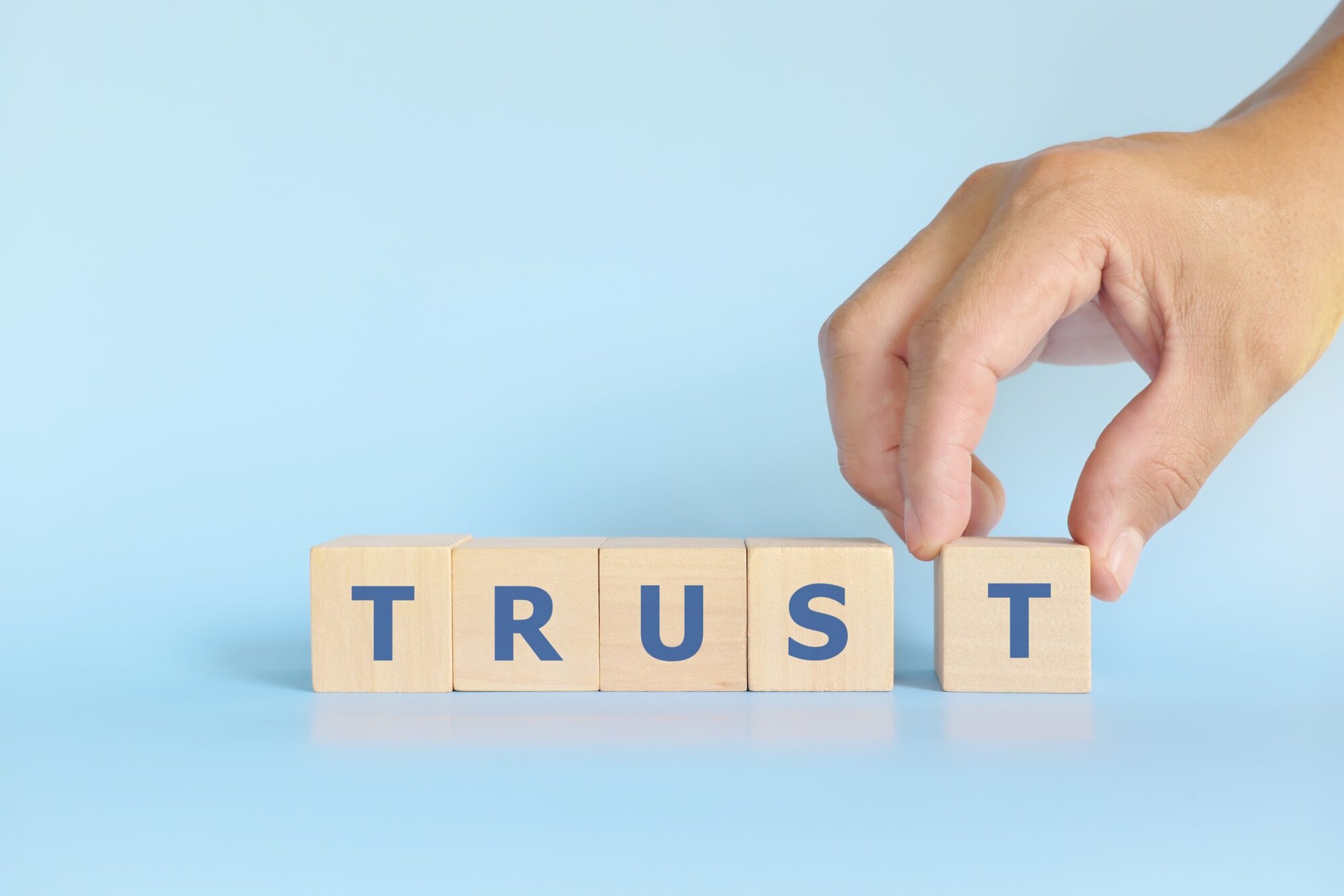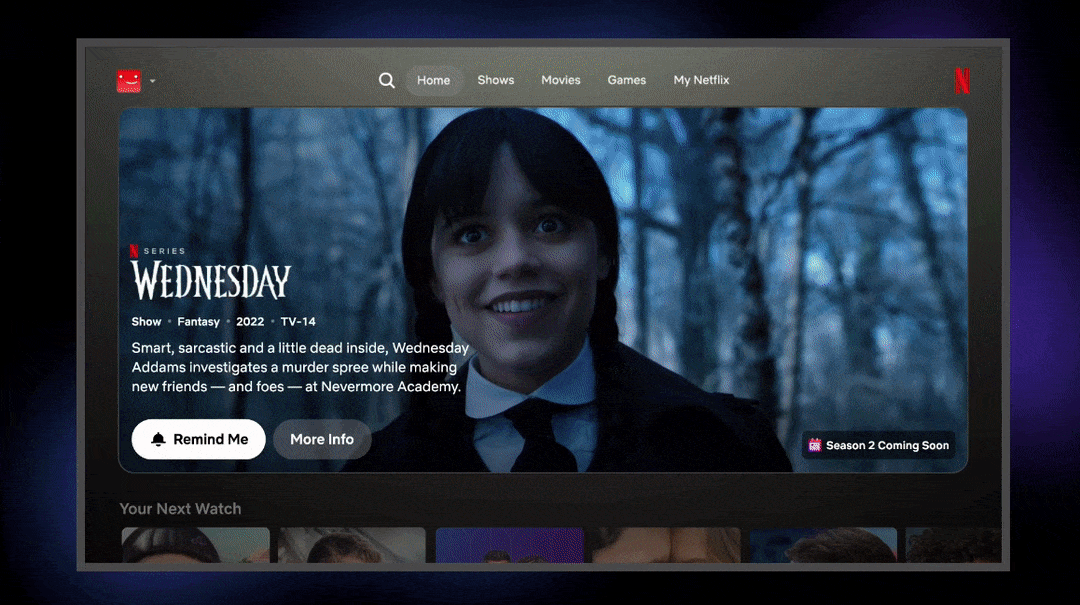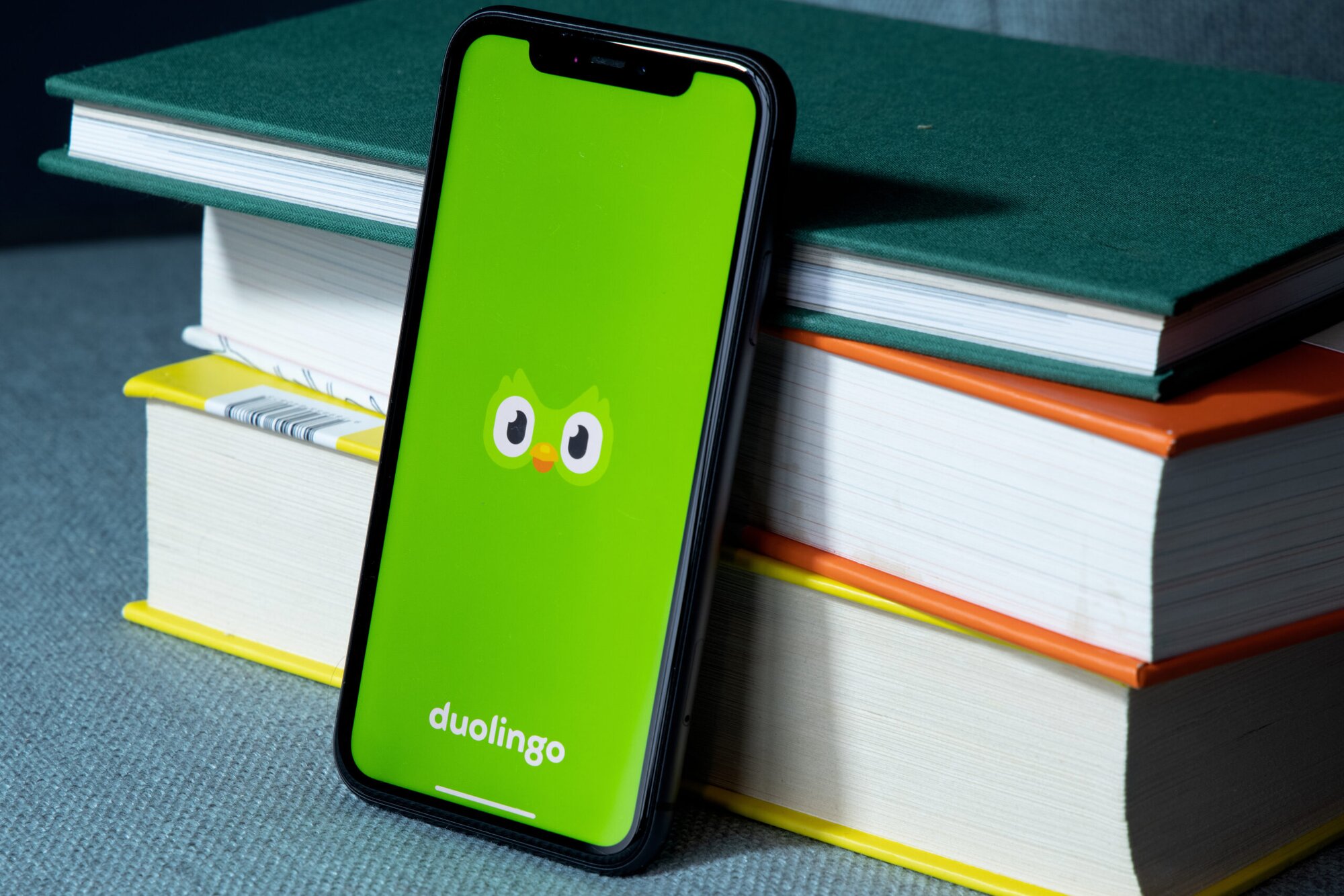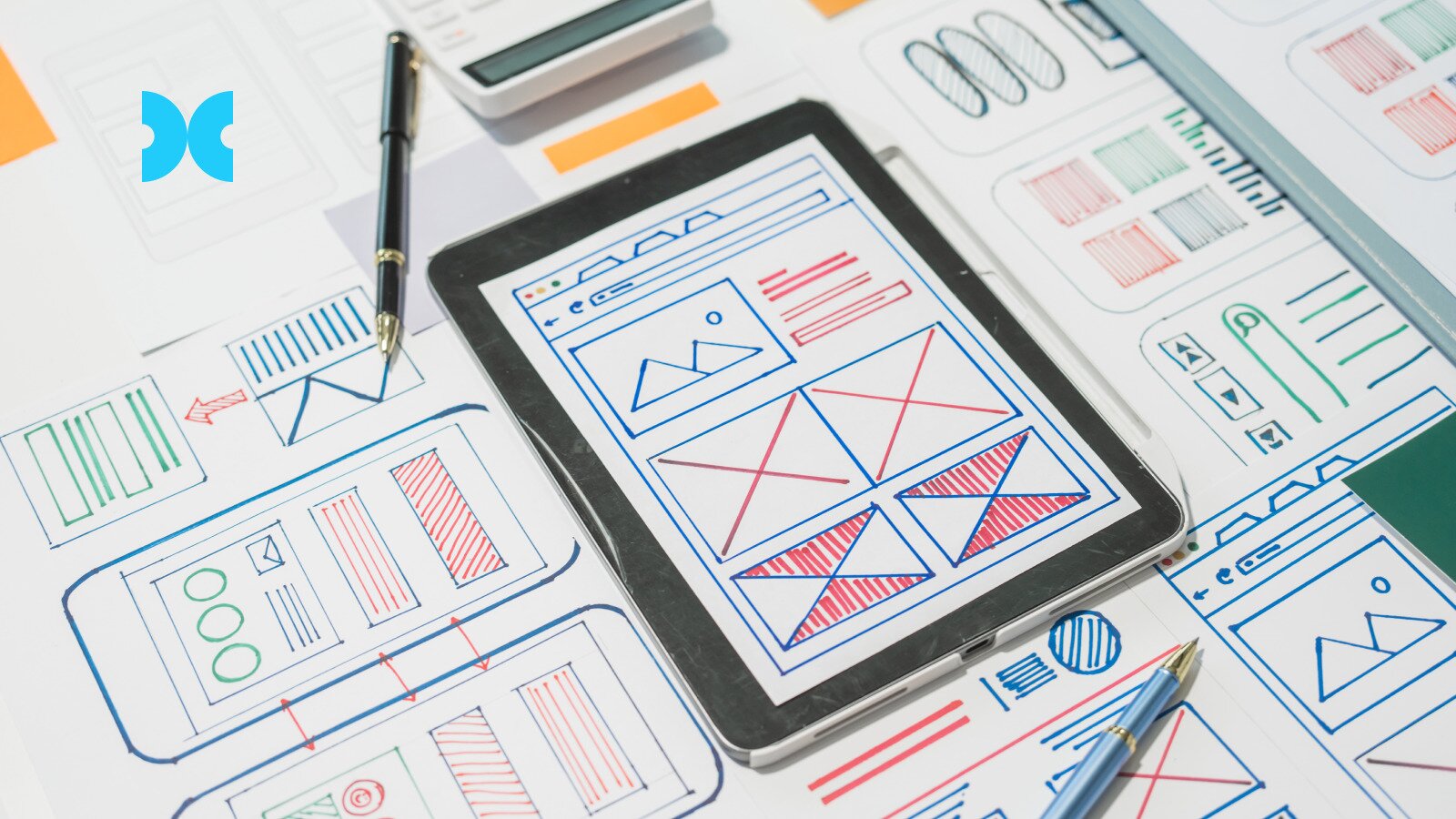As product managers, it's our job to think responsibly as we design and build products for our users. In this ProductTank Dublin talk, two speakers, Gibson Biddle and Kevin Devine, touch on this topic in different ways.
- Gibson Biddle talks us through some 'wicked hard' decisions and reveals the steps you should take to ensure you build what's really right for your customer.
- Kevin Devine reveals how his team delivered a COVID response app for Ireland and overcame numerous privacy, technical and accessibility challenges along the way.
Watch both talks in full (skip to 58:35 in the video for Kevin's) or read on for the highlights.
Wicked Hard Decisions by Gibson Biddle
In 2010, Gibson Biddle joined a start-up called Chegg which provided physical textbook rentals to students.
He was faced with the challenge of prioritising growth, engagement, and monetisation of the company to receive the next round of funding. Dan Rosensweig, the CEO, and Greg Stranger, the CFO at the time, had conflicting opinions about how they should order the three priorities. “I forced them in a room and made them talk about the direction of the business,” Gibson says, “afterward, they decided to stick with Dan’s priority to focus on growth. For startups, your main objective is to grow as a company, this developed into the main priority for Chegg."
Gibson talks about how Chegg aimed to be a mission-based company by putting students first. To accomplish this, his product vision was to be the best company for renting out textbooks, lead high-margin digital services, and eventually expand its student services — such as helping students find internships. "My job as a product leader is always to delight customers in hard to copy, margin-enhancing ways," Gibson says.
Delighting Customers
Chegg introduced several features such as discounts, risk-free returns, and month-long trials to fit customers’ needs. The company was also using AB testing to ensure that rental pricing and selection were suitable for students. "Looking at the data and applying human decision to it was something that we regularly did," Gibson says.
Different tactics and metrics were used to track the progress of each product strategy developed. "For me this was what good strategy looks like — strategy first, metrics to measure the strategy, then tactics to track whether it was successful or not," says Gibson. It enabled the company to offer several digitised and personalised services for students 24/7 by 2020.
Becoming a Long-Term Company
Gibson explains how Chegg was committed to a long-term strategy of reaching digital partner services and learning. "To create a company that endures, you need to take that risk to become a great and big long-term company," he says “You got out of the start-up stage by taking on high levels of risk, you have to continue doing so to become a great company.”
Over time, the company made the product difficult to copy through brand and image development over 20 years. "If you can find a way to build a great product, then you can build a great brand. At Chegg, our big orange boxes filled student mail rooms – it gave us a huge advantage over our competitors," Gibson says.
Brand development, selection/price, embracing digital, and offering a personalised experience has enabled Chegg to survive and grow through digitisation since 2001.
Lessons Learned
With product decisions, Gibson says: "If you take on risk, you're going to get it wrong. It will build your humility to make difficult discussions. If over 70% product decisions result in success, then you're not taking enough risks."
Gibson explains that patience is an important requirement. "It takes a long time to build a great company, it's a slow-growth period. Sometimes it’s just about being in the right place at the right time or surviving long enough to take advantage of opportunities to see future success.”
Delivering a COVID response app for Ireland by Kevin Devine
In March 2020, Kevin Devine, Design Director at NearForm and his team embarked on a fast-paced, high-pressure project to create a COVID-19 contact tracing app for Health Service Executive (HSE) Ireland. He reveals the challenges of designing and launching an app that had to be reliable, secure, and easy for the public to use in less than 100 days.
Tackling Technical and Privacy Constraints
When work on the Bluetooth proximity-based digital contact trace app began, the challenges quickly became apparent. The initial solution worked on the centralised data model, in which app data was stored in a central database. "There were just lots of constraints," Kevin says, "technical constraints and constraints around data privacy."
By April criticism about privacy concerns over the centralised/decentralised approach were growing. "For the user, the decentralised approach was the most privacy-preserving, and probably the one that would build the most public trust, but it probably made the contact tracing effort harder."
As the debate rumbled on, Apple and Google were already coming together to create a solution that would address the tech and privacy problems. Once the new solution was available in May, the team switched models and secured beta access to the new technology.
In June the source code and supporting documentation was released, including the Data Protection Impact Assessment (DPIA). This meant the team could show how the code worked and give people the opportunity to dig into it. Says Kevin: "On the privacy side, they could read the DPIA early and give their feedback. Developers could dig into the code and, and see that everything was above board."
Prioritising Accessibility
The app also had to be designed for ease of use by all demographic groups, with no restrictions on age. Says Kevin: "We knew there was no upper scale so we'd be designing for people in their 80s and 90s if they had a phone that would support us. We knew accessibility would be crucial." The user interface, nav and language all had to be clean and simple.
Kevin and the team focused on ensuring that text was enlarged for readability, and language was simple. AA colour contrast was applied and they avoided using icons, instead using labels. "We knew this wasn't going to be the sexiest app out there," says Kevin, "it didn't need to be, it just needed to work and build trust."
The team also got early feedback from various supporting bodies, for example, the NCBI offered a lot of accessibility support post-launch, ensuring the app was available to as many users as possible and compatible with screen readers. ISAS provided support on data protection, Edgescan on cybersecurity, and many more.
Taking the Rough With the Smooth
Come July the country was emerging from lockdown and the app was ready to launch. It went live and saw just over one million downloads on the first day. Initial feedback was a mixed bag. "In the Irish Times there were two letters to the editor," says Kevin. "It wasn't all rosy." While some praised the plain language, simple navigation, the empathy and UX, the second letter was simply “it doesn't work/ won't work on my phone”. "It wasn't the catch-all app that everyone was going to be happy with, or could use so you had to take the rough with the smooth."
Nearform is now behind the launch of multiple COVID apps, including New York’s official COVID app, COVID Alert NY. Speaking to Mind the Product recently, Kevin has explained how learnings from the original app have made the launch of apps for multiple governments across Europe and the United States that much easier. "A lot of testing went on and lots of accessibility reports, all of which could feed back into a similar code base that was shared. The developers were able to pick up some of the accessibility learnings from New York and apply them to Ireland and Gibraltar and Jersey," he says.
For more details, read Inside the collaborative effort behind Ireland’s COVID Tracker app.
More on Thinking Responsibly
- What’s the Worst That Could Happen? By Roisi Proven
- Memento Product Mori: Of Ethics in Digital Product Design
- Socially Preferable by Nathan Kinch
- Carbon Neutral Roadmaps – Chris Adams on The Product Experience
- Product Design for Sustainability
- Inclusive Design: Dreams and Disasters by Nancy Douyon
Enjoy more from ProductTank
ProductTanks are informal meetups, created by Mind the Product, to bring local product people together and to enable speakers to share amazing product insights. Today we have ProductTanks in more than 200 cities across the globe and there’s probably one near you.
Learn more about ProductTank – find your local meetup, explore more ProductTank content, see the latest ProductTank news, and discover ways to get involved!






